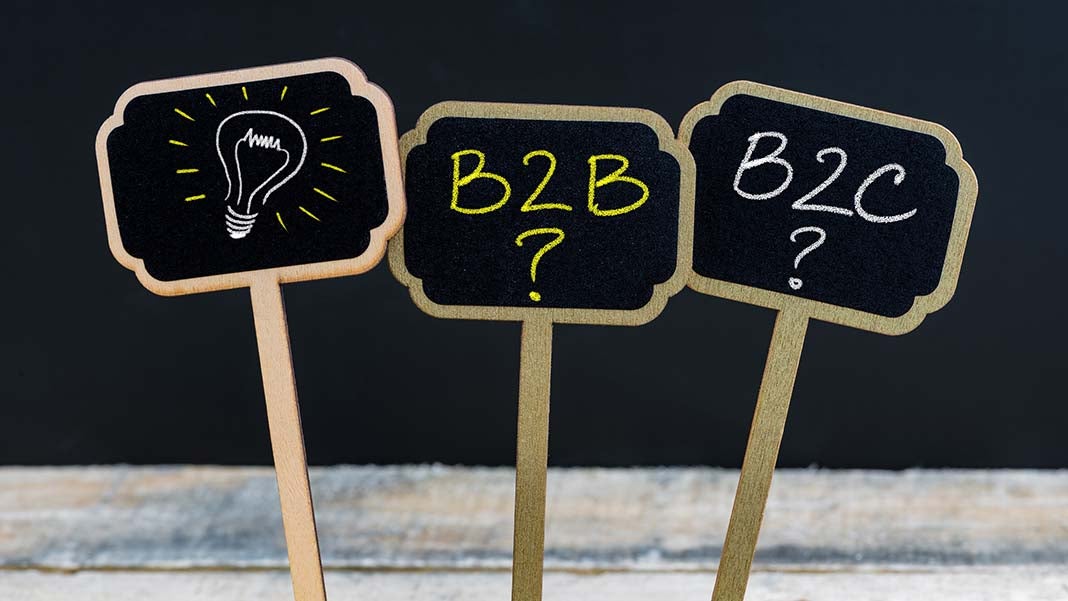
I read a terrific article by Tiffani Bova, “6 Tips For Selling In The Age Of The Connected Consumer.” There’s a lot I agree with, but one point stood out, Make B2B More Like B2C.
I don’t disagree, in fact, there are huge amounts we can learn from B2C, particularly in the areas of personalization, customer experience, and ease of doing business. We also see many of the trends in B2C leading B2B. For example, B2C customers have leveraged digital channels in far more powerful ways than in B2B, but B2B is slowly emulating many of the practices (just read any of the 100’s of blogs on customers self educating and how far through the sales process customers get without sales people.)
Much of the High Volume, High Velocity/Predictable Revenue models we see being implemented in XAAS companies are lifted directly from B2C, though seldom executed as artfully as in B2C. These companies package their marketing and sales engagement models around the individual or small work groups. As much as possible, they are focused on a simple, even transactional sale. All lessons learned from B2C.
But we have to recognize, in many cases there are real limitations to scaling our companies leveraging B2C models. There are serious limitations to how much of great B2C practice we can leverage in complex B2B sales. In fact, many of the XAAS companies are starting to recognize this—or even the high volume/high velocity models are in appropriate for their business and engaging their customers.
At the core of this challenge is how customers make decisions. In complex B2B sales, it’s—well—complex. Complex B2B sales involves more people in the process–both directly and indirectly. In B2C, we are typically dealing with a single decisionmaker (or a very small number). Complex B2B is a consensus buying process–involving, directly and indirectly, a large number of people.
Yes, we certainly can adapt some of the B2C practices in engaging each individual involved in the decisionmaking process. But, as illustrated in the Challenger Customer, things change—decisionmaking changes when those 6.8 people get together in making a buying decision. The behaviors, conversations, and organizational dynamics are different in consensus decisionmaking. B2C techniques, even our past B2B approaches fail in the new world of B2B buying.
As an example, just think of the number of conversations that are going on in these decisions. Within the buying group, there are 19.72 conversation paths between individuals (if we round to 7 people in the group it’s 21). Add a single sales person into the mix, and these individual conversation paths increase to 28, add a single competitive sales person and we are up to 56!
Then there are the group meetings–the challenge of aligning differing agendas, priorities, perceptions of the problems and issues. We know the majority of buying decisions end in No Decision Made–not because they can’t select a supplier, but because they can’t align their internal priorities, requirements, and buying/problem solving process.
Part of what drives the consensus buying process is the levels of risk, change management, and investments involved in complex decisionmaking. These are significantly different than in B2C buying decisions, as a result B2C approaches start to break down when we try to apply them in complex B2B situations.
Yes. there are a lot of things we can learn from the B2C world. At the same time, we have to be thoughtful about the differences.












